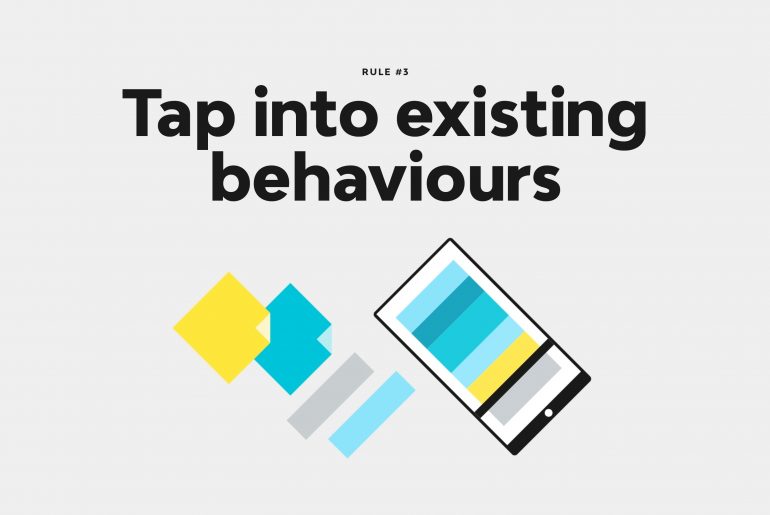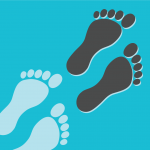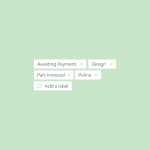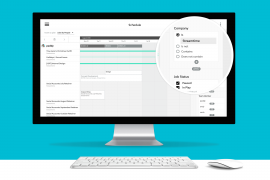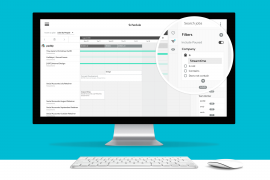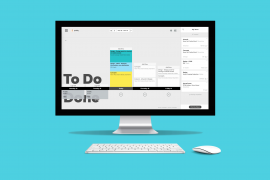If we think about where we are in our playbook at a broad level, we’ve defined our mission and we have a vision on how to get there.
We also understand the problems we want to solve because we understand our users wants and needs.
Now it’s time to get users actually doing things.
And when it comes to this, many products try to reinvent the wheel. They try and force behavioural change. But instigating behaviour change is an incredibly hard thing to do. There’s lots of models, theories and research out there, from BJ Fogg to Hooked.
It’s complicated stuff, that’s super hard to get right. And few do.
At Streamtime we say keep it simple. Don’t try and invent behaviour. You’ll have much more success tapping into existing behaviours – bringing something from the offline world that people are familiar with, and appropriating it into the digital.
This gives you a head start, from which you can innovate from further and further.
Think about Instagram. People have long shared photos with friends. Our parents generation did it physically, they sent family members photos in the mail, or showed off their latest prints to friends over afternoon tea. Instagram just builds on this and let you do all this in a digital way.
It also why AirBnB have been so successful. Turns out that up until the 2nd World War when people went on vacation, they rented rooms from local residents not stay in a hotel. AirBnb took this behaviour and brought it online.
And at Streamtime taking this approach led to a brilliant breakthrough.
A fresh approach to an old problem
So, part of the day-to-day working life of a designer is about tracking time. We’ve all been there, getting hassled by our account manager who needs to report on how much the job has cost so far, and wants us to fill out our timesheets. Creative review have written a great article about time sheets and their impact on creativity.
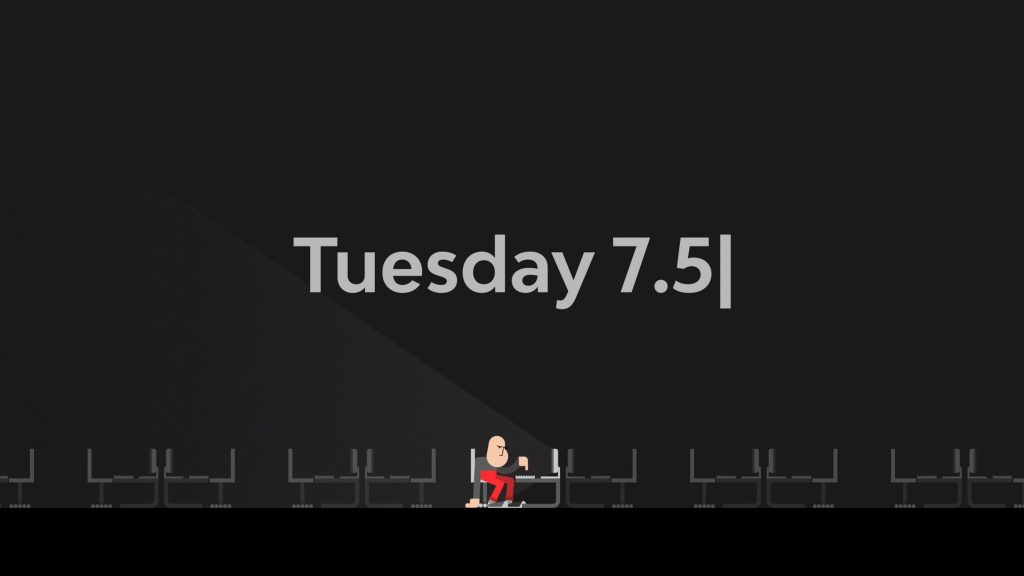
The problem is that as designers we hate timesheets. We hate the conformity, the rigidness. How they hinder our creativity by placing us under a time constraint.
And they aren’t even accurate. I can’t tell you how many times I’ve reached 5:30 on a friday afternoon, gone back into my timesheet software, forgotten completely what I’ve worked on during the week, and just chucked in 7.5hrs on across random jobs each day.
That’s completely useless data. Yes, tracking time is incredibly important in a creative business. But the timesheet itself is a floored system.
So what did we do? Well we took a bit of a bold risk for a software company dedicated to helping run creative studios.
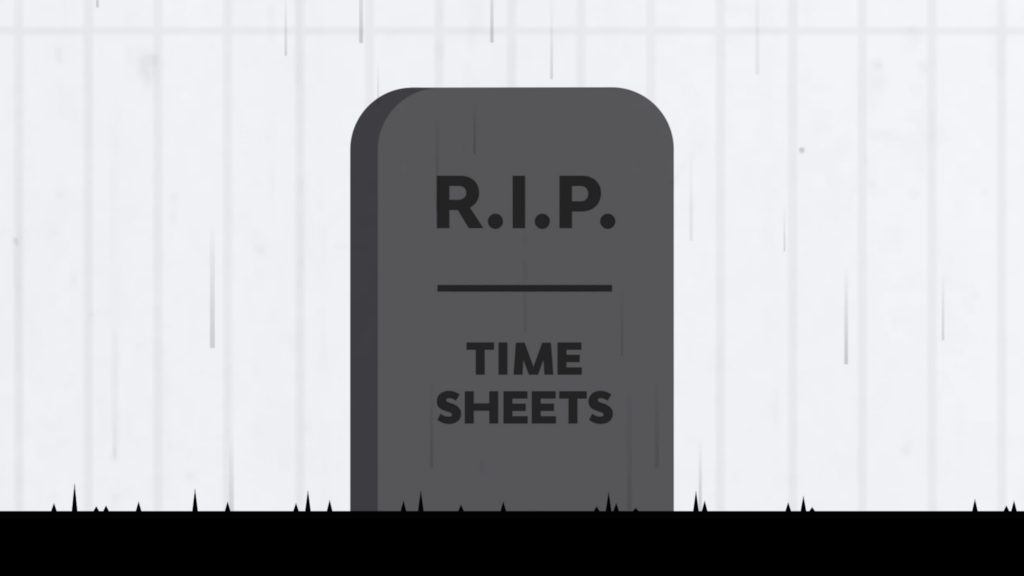
We killed timesheets.
Instead, we tapped into an existing offline behaviour to replace them with something much more effective and useful.
And the idea is a super simple one.
A to-do list.
That’s because people love making to-do lists. People have used to-do lists for generations to plan what they need to do and get things done.
And as many people use post it notes to construct their to-do lists, we borrowed from that vernacular to create our ToDo screen – it’s at the heart of our product.
So it works like this. You or your traffic manager set you ToDos. You define how long that todo will take you. Then once you’ve finished that task you drag the note from todo to done. And in doing so you log the time you spent on the task. Simple. Easy.
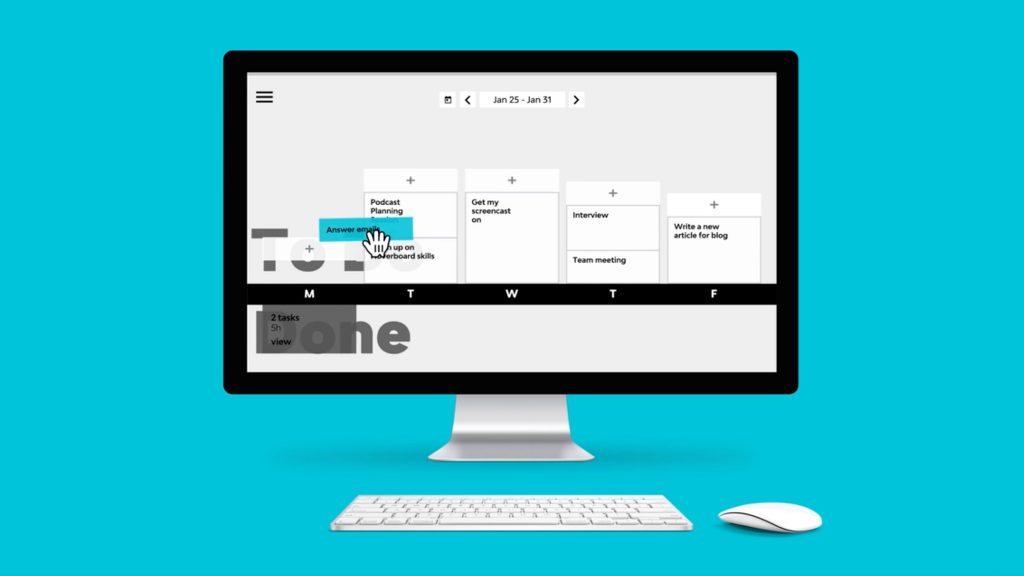
Now behavioural economist Dan Ariely says that humans require a sense of progress and achievement to remain motivated. So dragging that little post it from todo to done gives you that nice hit of endorphins. Because in doing this action we’re creating this sense of progress that results in giving you that sense of satisfaction and that keeps you motivated.
Bringing benefits to your business
This all has a huge benefit on not only you, but the studio at large.
First of all it means that you are much more likely to be organised and on top of your work.
Secondly, you have the autonomy to plan your week, so you feel empowered and trusted.
Finally, you are much more likely to log your time.
And this final point means your business owners get better, more accurate data, which allows them to make better business decisions in the moment and for the long term.
It also lets your account managers quote jobs more accurately because they know exactly how long things take.
This all creates a self-fulfilling loop. It means your agency is a happier place to work, because things are planned properly.
Decision makers can see what avoidable outcomes are looming on the horizon.
And the right amount of time is allocated to tasks, which leads to an even more motivated, even happier you.
Oh, and your business will be more efficient and profitable, which means you’ll reap better financial rewards too.
So when you are looking for ways to design utility and functionality, don’t try and reinvent the wheel. Look to an existing behaviour that you can tap into, then use it to create something fresh and innovative.
Keen to learn more?
We’re sharing our Product Design Playbook. 10 rules we follow when we design. Head here to read other posts from the series.


